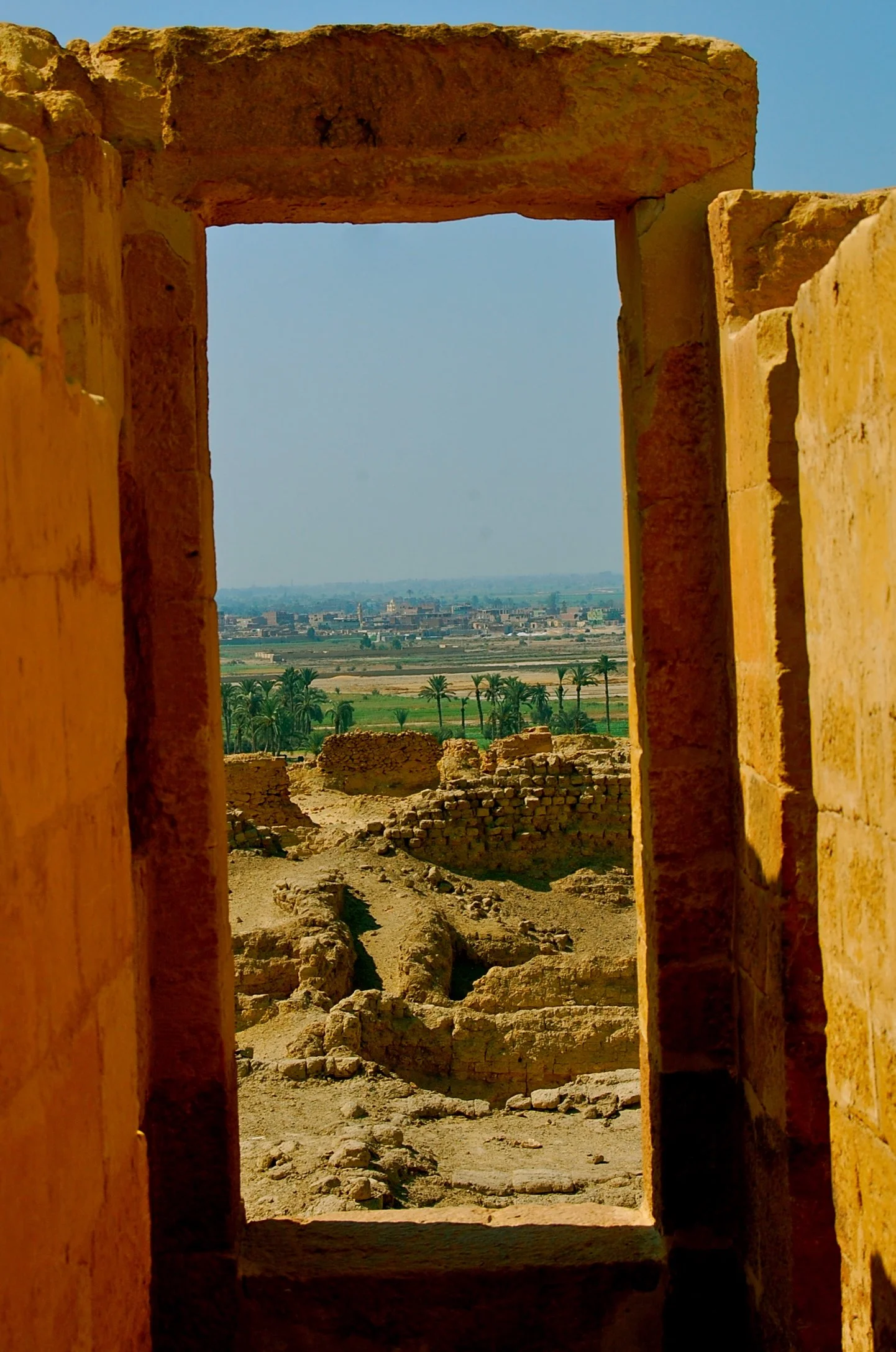My research explores…
how people in the premodern Middle East engaged with the material world—how they extracted, transformed, and reimagined the substances that sustained their societies. Trained in the history of science, technology, and the environment, I study the circulation of matter—from grain and paper to stone and pigment—as a way of understanding how knowledge and value were made.
View of the Fayyum Oasis from the ruins of Crocodopolis. © Anthony T. Quickel
Across my work, I approach technology not only as tools or inventions but as the practices, infrastructures, and materials through which people organized their worlds. I am particularly interested in how materials moved across boundaries—between regions, disciplines, and systems of thought—and how those movements shaped both the making of knowledge and the texture of everyday life.
Fortress of Qaytbay (1479CE) in Alexandria harbor. © Anthony T. Quickel
Much of my research centers on Egypt, which I treat as both a regional hub and a connective space linking Africa, Asia, and the Mediterranean. Egypt’s position at the intersection of empires and ecologies makes it an ideal vantage point from which to explore broader histories of exchange. Through studies of agriculture and food systems, manuscript culture, and the reuse of ancient materials, I trace how ideas, objects, and people moved through Egypt and, in doing so, redefined the relationships between science, technology, and the environment.
My current work at the Max Planck Institute for the History of Science extends these concerns into the histories of metals and minerals—materials that connect human and geological time. I am also developing collaborative projects that follow the circulation of color, pigment, and craft knowledge across Eurasia. Across these projects runs a common thread: a commitment to understanding how matter mediates between environment, technology, and thought, and to situating the Middle East within global histories of science and material culture.
Ultimately, my research seeks to reveal the intersections between regions, cultures, and peoples that have shaped the movement of materials and knowledge across time. By tracing these connections, I aim to build a more integrated and inclusive history of how societies have understood, valued, and transformed the material foundations of life.

